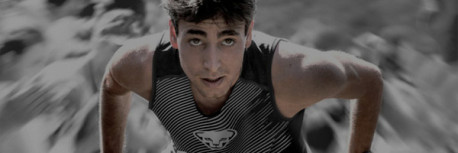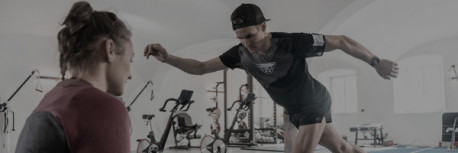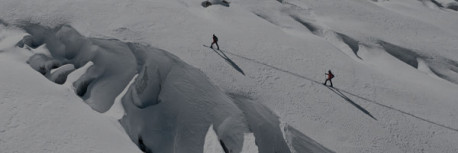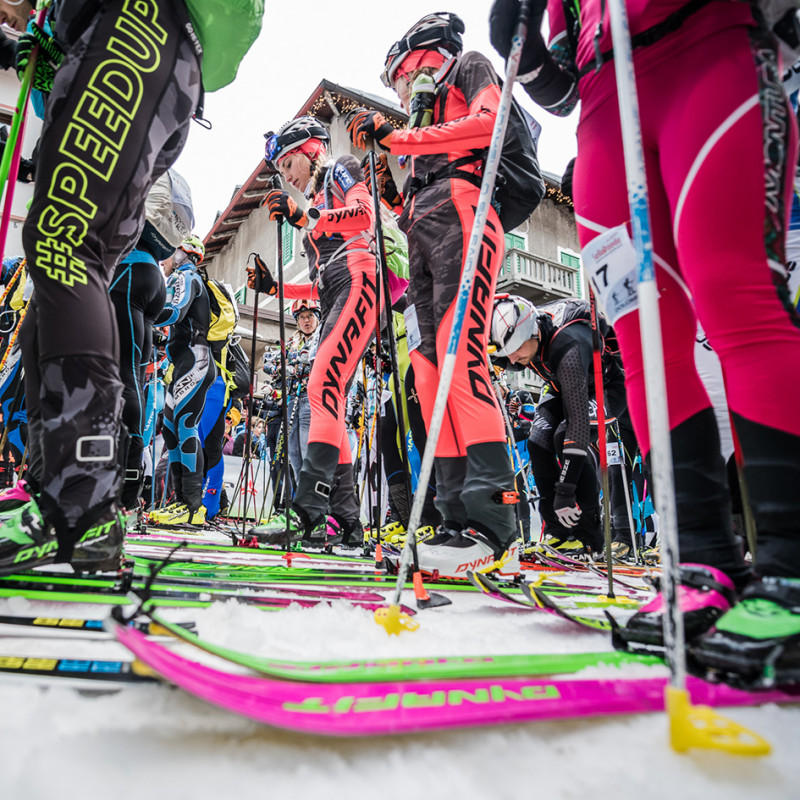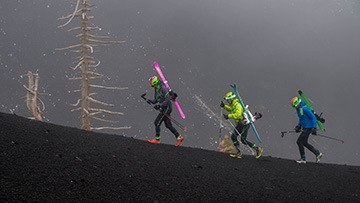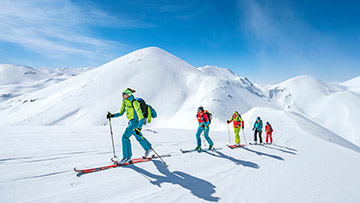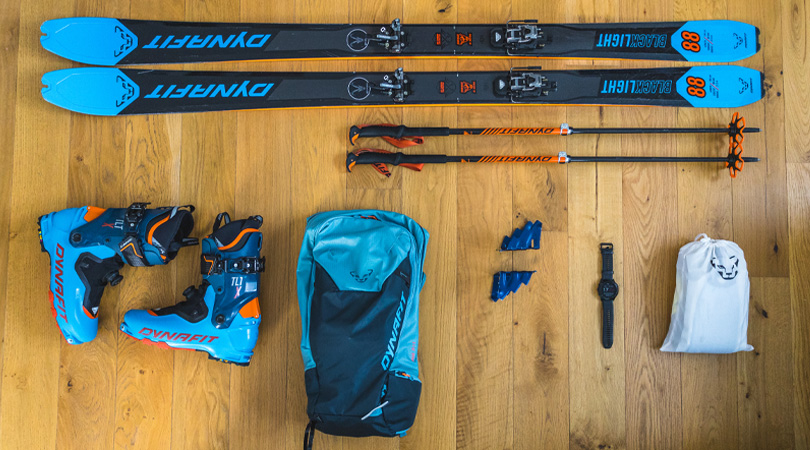ISMF World Cup: The road to the 2026 Olympics
In February 2026 the games will finally arrive: Ski mountaineering will celebrate is long-sought debut on the biggest world sports stage at the Winter Olympics in Milan/Cortina, Italy. Since the sports’ acceptance into the program was announced in 2021, our athletes have given up everything else with their eye on this huge goal. If the Olympic dream becomes reality or not will be decided in the coming World Cup season. That is when athletes with outstanding consistent performances can secure one of the coveted starting positions.
But which skimo disciplines are part of the Olympic Games? How do qualifications work? Which DYNAFIT athletes have the best chances of success? Let’s take a detailed look at the 2024-25 World Cup season.
The ISMF World Cup
Compared to the large “all-comers” races such as Sellaronda, PDG, or Mezzalama, only the world’s best ski mountaineers take on each other in the ISMF World Cup. There, they participate in one World Cup format with various disciplines and rankings.
In the 2024-25 season, 230 registered athletes from 22 countries still be at the starting line to represent their country to the best of their abilities. Not surprisingly, the nations of the Alps – including Switzerland, Italy and France – dominate in the World Cup. That’s where ski touring sport has a long tradition. But even internationally, ski mountaineering is becoming more and more popular – due in no small part to the 2026 Olympics.
A total of nine World Cup stops in the coming season are guaranteed to thrill the souls of ski touring fans. Aside from destinations steeped in tradition such as Boi Taull (Spain), Val Martello (Italy) and Schladming (Austria), there are also stops in more exotic locals like Shazdag (Azerbaijan) and Tromso (Norway) on the schedule.
Skimo competition disciplines
Modern ski touring sports are diverse, and it includes four disciplines that differ greatly. Individual, Vertical, Sprint, and Mixed Relay, although only the last two are Olympic disciplines.
The entire sport has become more and more specialized in recent years – also in part thanks to the 2026 Olympic Games. Most athletes have a clear focus on individual disciplines which allows the level of performance to increase greatly. Among current participants, there are only very few exceptional athletes that participate in all disciplines and thus have their eye on the entire World Cup.
In the Sprint – one of two Olympic disciplines – a short, varied course with climbs, descents and a section where you carry your skis must be covered. After about 80 meters of vert, participants transition, and the course again goes uphill. Race times in the sprint are as a rule only about two or three minutes. In this discipline, anaerobic power as well as smooth transitions and downhill technique are vital to success because in the sprint every second counts!
In the Mixed Relay – the second Olympic discipline – team spirit is a must: A woman and a man race as a team, where each must successfully complete two laps of a loop course with 150-180 meters of vert and two climbs. The final lasts as a rule between 25 and 30 minutes. One special feature of this discipline: Only the fastest team of each country in the first races qualified for the A final with a maximum of 12 teams. Only they have a chance for a podium finish.
In the Vertical race, it is all about a climbing competition on piste where approximately 600-700 meters of vert must be completed. If you want to ski at the front in this discipline, you needed a strong “engine” and a high threshold for pain. The world’s best Vertical athletes sometimes complete an unbelievable 1,600 meters of vert in an hour!
The Individual race is seen in the community as the pinnacle event of skimo. On open, high-alpine terrain, athletes must take on a technically demanding course with up to 1,900 meters of vert. You must apply every skill of modern ski mountaineering perfectly. Fast ascents, exposed sections of climbing, and speedy descents on steep terrain are part and parcel of the individual discipline.
The road to the Olympics: qualifications
Participation in the 2026 Olympic Games is just like with all other sports far from easy. The IOC defines strict performance criteria that must be met to qualify for the sprint and mixed relay. The qualification period runs from Nov. 1, 2024, to Dec. 21, 2025. During this period, athletes can secure a starting position for the Olympics with outstanding results at the ISMF World Cup or the ISMF World Championships. As the host country, Italy automatically gets one starting position per gender.
In the Mixed Relay discipline a total of 18 teams will toe the starting line. That is, per country or more precisely: For each National Olympic Committee (NOC) there is one starting position which consists of one man and one woman. Both of the top teams in the ISMF 2024-25 World Championships qualify for the Olympics. If Italy is among those two, then the third–place team moves up. The awarding of the remaining spots is done based on the ISMF Mixed Relay rankings list.
In the Sprint on the other hand there are 18 starting spots each for men and women. For each NOC, one man and one woman can qualify. The top woman and the top man at the ISMF 2024-25 World Championships qualify immediately for the Olympics. The additional Sprint race spots are awarded based on the Sprint rankings list.
That means the Olympics skimo team from a country will include a maximum of four total starters – two women and two men. Of those, one man and one woman will be in the Mixed Relay.
#DYNAFITSQUAD goes for gold?
If you look at the Sprint results of the past World Cup season, the contenders in this discipline can already be narrowed down relatively well: From the DYNAFIT athlete team both reigning Sprint world champions Oriol Cardona Coll (Spain) and Marianna Jagercikova (Slovakia) will have big chances for a medal. In the Mixed Relay, the DYNAFIT duo Paul Verbnjak and Johanna Hiemer from Austria have particularly good chances of winning some precious medal. If both can continue their consistently good performances of recent seasons, then their chances of successful qualification are not bad. But both Alba de Silvestro of Italy and Oriol Cardona Coll with their respective partners have their eye on the Mixed Relay discipline. Meaning even within the DYNAFIT team there is some big competition.
Who will in the end win the race for the Olympics? Only time will tell! The road to Olympic medals starts on Dec. 12, 2024, with the kick-off in Courchevel, France, of the World Cup season!


